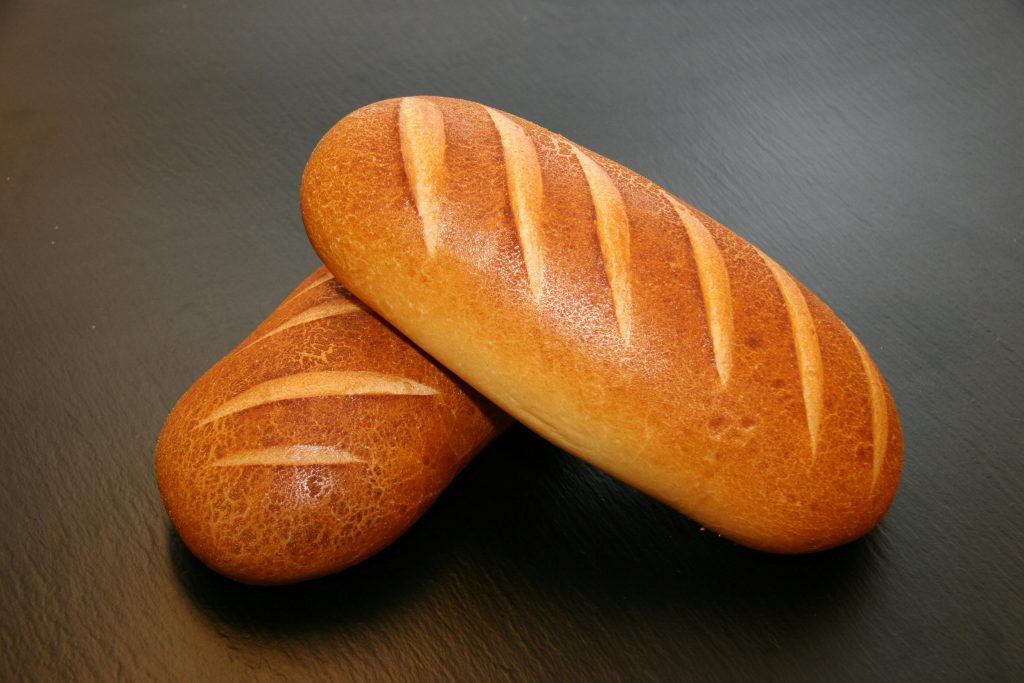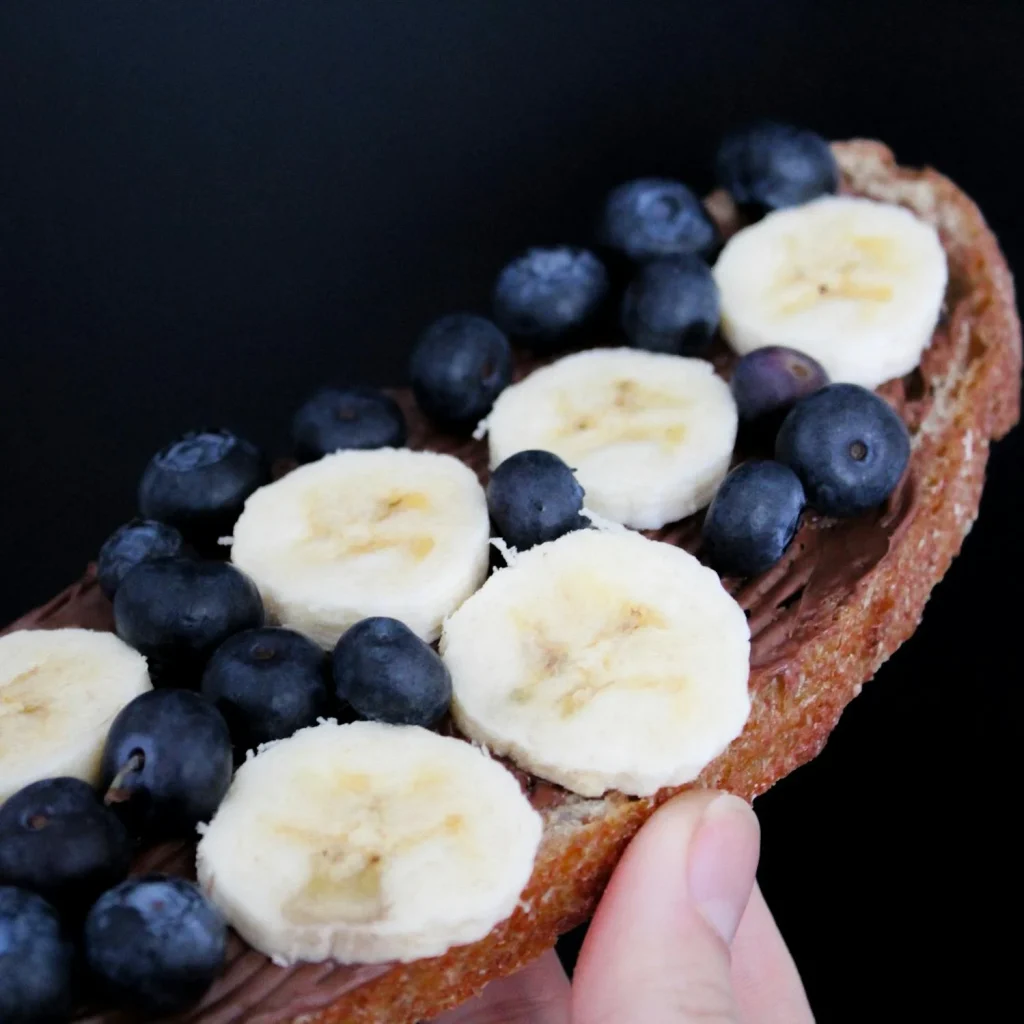Can cats eat bread?
While bread is not toxic to cats, it is generally not recommended as a regular part of their diet. Cats are obligate carnivores, meaning their bodies are designed to digest and obtain nutrients primarily from animal-based proteins.

Is bread bad for cats?
While bread itself is not toxic to cats, it is generally not recommended as a regular part of their diet. Bread is high in carbohydrates and lacks the essential nutrients that cats require, such as protein, fats, vitamins, and minerals.
Consuming too much bread or carbohydrate-rich foods can lead to several health issues for cats. Firstly, it can contribute to weight gain and obesity, as excess carbohydrates are converted into fat and stored in the body. Obesity in cats can increase the risk of developing other health problems, such as diabetes, joint issues, and respiratory difficulties.
Secondly, excessive bread consumption can cause digestive problems in cats. Cats have a shorter digestive tract than humans, and their bodies are not well-equipped to process large amounts of carbohydrates and fiber found in bread. This can lead to gastrointestinal issues like vomiting, diarrhea, and potentially more serious conditions like inflammatory bowel disease.
If we discuss further, an imbalanced diet that relies heavily on bread and lacks essential nutrients can result in nutrient deficiencies in cats. Cats require specific vitamins, minerals, and amino acids that are primarily found in animal-based proteins and fats. A diet lacking these essential nutrients can lead to various health problems, including skin and coat issues, weakened immune system, and even organ dysfunction.
As bread may not be the healthiest option for cats, there are certain types of bread that can be offered as an occasional treat in moderation. Plain, unseasoned bread, such as whole wheat or multi-grain bread, can be given in small amounts without causing significant harm. However, it’s important to remember that these treats should not make up a significant portion of a cat’s diet and should be limited to no more than 5-10% of their daily caloric intake.
Are there health benefits of bread for cats?
While bread itself does not provide significant health benefits for cats, certain ingredients found in some bread products may offer some potential benefits when consumed in moderation.
For instance, whole wheat bread contains dietary fiber, which can aid in digestion and promote healthy bowel movements in cats. However, it’s important to note that cats have a low fiber requirement compared to humans, and excessive fiber intake can lead to digestive issues.
Some bread products may also contain small amounts of vitamins and minerals, such as B vitamins, iron, and zinc. However, these nutrients are typically present in minimal quantities and are not a reliable source for meeting a cat’s nutritional needs.
Moreover, certain bread products, like pumpkin bread or banana bread, may contain small amounts of pumpkin or bananas, which can provide some additional fiber and nutrients. However, these breads often contain other ingredients like sugar, nuts, or raisins, which can be harmful to cats if consumed in large quantities.
It’s important to note that while these potential benefits exist, they are minimal and should not be the primary reason for feeding bread to cats. A balanced, high-quality cat food formulated to meet a cat’s specific nutritional requirements should be the primary source of nutrition for cats.
Types of Bread That Are Safe for Cats
Plain Bread:
- Whole wheat or multi-grain bread without any added seasonings, sugars, or other ingredients can be given as an occasional treat in small amounts.
- These types of bread are relatively safe for cats as they do not contain any toxic ingredients.
Unseasoned Bread Crust:
- Plain bread crust without any toppings or seasonings can be offered to cats in moderation.
- The crust is mainly composed of carbohydrates and does not pose any significant risks if consumed in small quantities.
Pumpkin Bread (without added sweeteners or nuts):
- Pumpkin itself is generally safe for cats and can provide some fiber and nutrients.
- However, pumpkin bread should not contain added sugars, nuts, or other potentially harmful ingredients for cats.
Types of Bread That Are Toxic or Unsafe for Cats
Garlic Bread:
- Garlic is toxic to cats and can cause gastrointestinal upset, lethargy, and potentially more severe complications like hemolytic anemia.
- Even small amounts of garlic found in garlic bread can be harmful to cats.
Bread with Raisins or Currants:
- Raisins and currants can be toxic to cats and may cause kidney failure, even in small quantities.
- Breads containing these ingredients, such as raisin bread or hot cross buns, should be avoided.
Nut Breads (e.g., banana bread with nuts):
- Nuts can cause gastrointestinal issues and potential obstructions in cats if consumed in large amounts.
- Nut breads should be avoided as they often contain high amounts of nuts and added sugars, which are unhealthy for cats.
Breads with Onions or Chives:
- Like garlic, onions and chives are toxic to cats and can cause digestive upset, anemia, and other health problems.
- Breads containing these ingredients should be avoided.
Sweetened Breads (e.g., cinnamon rolls, donuts):
- Breads with high amounts of added sugars or sweeteners can lead to weight gain, digestive issues, and potential health problems in cats.
- These types of breads should be avoided as they provide little to no nutritional value for cats.
How does bread affect cat nutrition?
Firstly, bread is high in carbohydrates, which are not a natural part of a cat’s diet. While cats can metabolize small amounts of carbohydrates, their bodies are not designed to handle large quantities. Excessive carbohydrate intake can lead to weight gain and obesity, as the excess carbohydrates are converted into fat and stored in the body. Obesity in cats increases the risk of developing other health issues such as diabetes, joint problems, and respiratory difficulties.
Furthermore, bread lacks the essential amino acids that cats require for proper growth, maintenance, and reproduction. Cats cannot synthesize certain amino acids, such as taurine and arginine, and must obtain them from their diet. A diet deficient in these essential amino acids can lead to various health problems, including blindness, heart disease, and reproductive issues.
Bread also lacks the necessary fats that cats need for energy, cell growth, and nutrient absorption. Cats require specific fatty acids, such as arachidonic acid and linoleic acid, which play crucial roles in maintaining healthy skin and coat, proper brain function, and immune system support. A diet lacking in these essential fats can lead to dry skin, dull coat, and potential nutrient deficiencies.
Additionally, bread does not provide the essential vitamins and minerals that cats require for various bodily functions. Cats need vitamins like vitamin A, B vitamins, and vitamin D for vision, red blood cell production, and bone health, respectively. Minerals such as calcium, phosphorus, and iron are also crucial for maintaining strong bones, proper muscle function, and oxygen transportation in the body. Read Also when to kittens stop to grow
While some bread products may contain small amounts of certain vitamins and minerals, they are often present in inadequate quantities and are not a reliable source for meeting a cat’s nutritional needs.
It’s important to note that while bread itself is not toxic to cats, it can contribute to nutritional imbalances and deficiencies if consumed in excessive amounts or as a significant portion of a cat’s diet. Cats require a balanced, high-quality cat food formulated to meet their specific nutritional requirements as the primary source of nutrition.
How to feed bread to cats
If you choose to offer bread to your cat as an occasional treat, it’s essential to do so in moderation and with proper precautions. Here are some guidelines on how to feed bread to cats safely:
- Opt for plain, unseasoned bread: Avoid bread products containing ingredients that can be harmful to cats, such as garlic, onions, raisins, nuts, or excessive amounts of sugar or salt.
- Offer small amounts: Cats should only consume bread in small quantities, as it is not a nutritionally complete food for them. A few small pieces or a teaspoon of bread crumbs is generally sufficient as an occasional treat.
- Monitor portion sizes: Bread should not make up more than 5-10% of your cat’s daily caloric intake. Excessive bread consumption can lead to weight gain and other health issues.
- Consider your cat’s individual needs: Some cats may have specific dietary requirements or sensitivities. If your cat has any health conditions or allergies, consult with your veterinarian before introducing new foods like bread.
- Provide fresh water: Ensure your cat has access to fresh, clean water to help with digestion and hydration when consuming bread or any other treats.
- Introduce bread gradually: If your cat is not accustomed to eating bread, introduce it slowly and in small amounts to allow their digestive system to adjust.
- Observe for any adverse reactions: Monitor your cat for signs of digestive upset, such as vomiting, diarrhea, or loss of appetite, after consuming bread. If you notice any adverse reactions, discontinue feeding bread and consult your veterinarian.
- Reinforce positive associations: If your cat enjoys bread as a treat, use it as a reward for good behavior or during training sessions to create positive associations.
Faq Section
Can cats eat white bread?
While white bread is not toxic to cats, it is not recommended as a regular part of their diet. White bread is high in carbohydrates and lacks the nutritional value that cats require. Cats are obligate carnivores, meaning their bodies are designed to digest and obtain nutrients primarily from animal-based proteins. Feeding them too much bread or carbohydrate-rich foods can lead to weight gain, digestive issues, and potential nutrient deficiencies.
Can cats eat banana bread?
Banana bread should not be fed to cats. In addition to the concerns associated with bread, banana bread often contains ingredients that can be harmful to cats, such as raisins, nuts, and high amounts of sugar. These ingredients can cause digestive upset, pancreatitis, or even toxicity in cats.

Can cats eat bread crust?
Bread crust is generally safe for cats to consume in small amounts, but it should not be a regular part of their diet. The crust is primarily composed of carbohydrates and lacks the necessary nutrients that cats require. Excessive consumption of bread crust can lead to weight gain, digestive issues, and potential nutrient deficiencies.
Can cats eat garlic bread?
Cats should not eat garlic bread. Garlic is toxic to cats and can cause gastrointestinal upset, lethargy, and potentially more severe complications like hemolytic anemia (destruction of red blood cells). Even small amounts of garlic can be harmful to cats, so it’s best to avoid feeding them garlic bread or any food containing garlic.
Can cats eat pumpkin bread?
Pumpkin bread is generally not recommended for cats. While pumpkin itself can be a healthy addition to a cat’s diet in small amounts, pumpkin bread often contains ingredients that are unsuitable for cats, such as sugar, spices, and other additives. These ingredients can cause digestive upset and potentially lead to other health issues.
What kind of bread can cats eat?
While bread is not an essential part of a cat’s diet, small amounts of plain, unseasoned bread, such as whole wheat or multi-grain bread, can be given as an occasional treat. However, it’s important to remember that cats are obligate carnivores and their primary source of nutrition should come from a balanced, high-quality cat food formulated to meet their specific nutritional requirements.



